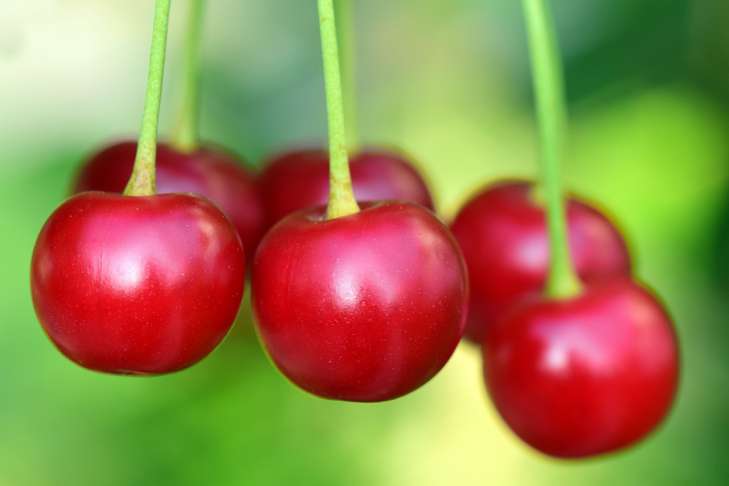In this article, we will tell you about the secret of growing a cherry tree.
What is the best way to feed cherries in spring
The most suitable organic substances for a fruit tree are humus, chicken droppings and manure.
You can also use wood ash and infusions from freshly cut green grass; mineral supplements.
They are nitrogen, potassium, phosphorus and complex.
Compost, rotted manure, and sawdust are good organic materials - they make the soil loose and fertile.

In addition, to make the berries sweeter, succinic acid is used. Even before color appears on the trees, they are sprayed with a solution.
Fertilizers for cherries in the spring should include potassium and calcium.
You need to take care of their application even during budding or during the flowering period.
Wood ash can be added to the trench or holes at the rate of 1-2 liters of dry ash per adult tree.
To preserve moisture, the holes around the plant are mulched with humus, peat, and sawdust. Watering is repeated periodically, taking into account spring weather.
What soil does a cherry tree prefer
This crop grows well in loamy and sandy soil that has a neutral acidity level.
On sandy soil, cherries will require constant feeding every year.
It is better not to plant cherries on clay soils, as this will not give a good harvest. This problem can be solved by adding sand to the soil.
What neighborhood doesn't like cherry blossoms
There should be no birch, oak or maple near the cherry tree.
The tree does not tolerate proximity to raspberries and gooseberries, which have a tendency to grow, which negatively affects stone fruits.
It is also advisable to exclude currants from the list of neighbors, although shade-loving varieties can take root.
Previously, we told you what you can plant next to cucumbers.









